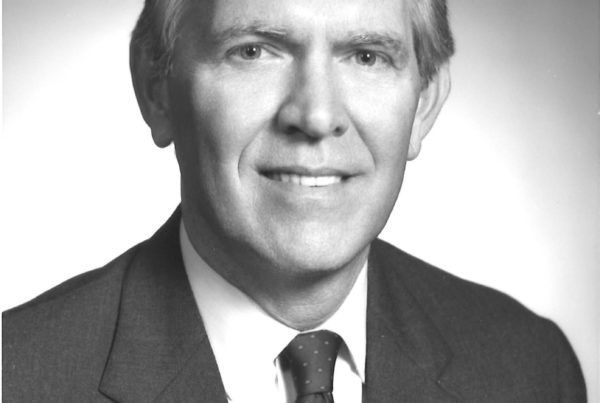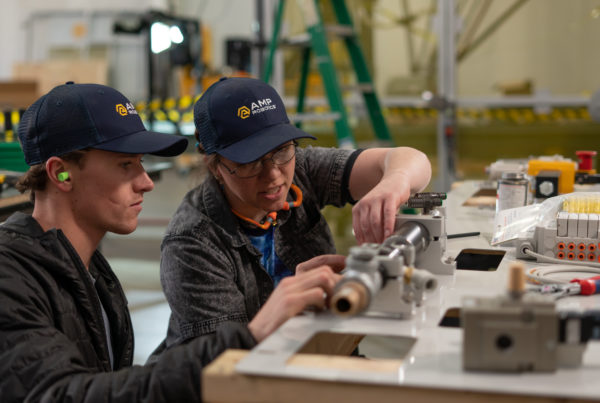This Industry Voices comes from Richard “Bo” Bodo, director of learning and development for lithium-ion battery recycler Li-Cycle.
When your desired and current results do not align, you have a performance gap. The most common way to resolve a performance gap is to have your company’s training team or an outside consultant create training to address the issue. While education is usually part of the solution to address a gap, it’s rare ly the entire solution.
ly the entire solution.
When addressing a performance gap, it is critical to think creatively and address the challenge holistically, considering all the factors contributing to it. For example, sales may be down, likely triggering the need for sales training. However, what if the compensation plan recently changed and the salespeople are simply unmotivated to sell?Training may help, but your investment in sales training will be for naught if the compensation plan is not addressed.
When you identify a performance gap in your business, take some time to understand the gap so you can design an effective solution. Here are five steps to gaining a well-rounded understanding of the situation you need to address.
- Identify Stakeholders. Who is affected by the performance gap? Your stakeholders. Stakeholders can best identify the gap and what its downstream impact will be. Speak to them first to determine the gap needing closed.
- Engage Employees. Though it may sound obvious, the best place to start is with those who are part of the performance gap: workers. Engage in genuine conversation to understand the challenges they are facing. In these conversations, you are on a fact-finding mission, so don’t be defensive and let them share the things with which they are struggling.
- Listen. When you engage in conversations, you must be present in the discussion—not thinking about what you will say next. It has been said that humans only listen for three reasons: to listen for a pause in the conversation to jump in, to find points to argue with, or to understand. If you are listening to understand, which you should be, it is essential that you prepare your questions beforehand so you can focus on the person you are interviewing. Having your questions written out allows you to take notes and will enable the person you are interviewing to guide the conversation where they want it to go. You can simply read the next question when a conversation thread reaches its natural end.
- Ask Why. “Why?” is a powerful but dangerous question. It is powerful because when you follow up on someone’s comment by asking “why,” it shows interest and allows people to be more open and share details that they may not have otherwise shared. As you work to uncover the facts surrounding the performance gap, dig deep by asking “why” until you feel you have reached the heart of the issue. One common problem-solving methodology is the “Five-Why” approach, where you ask why five times to arrive at the root of a challenge. Be careful, though, in how you ask why. It must be genuine, lest you come off like a two-year-old who just learned to ask “why!”
- Questions to Define the Gap. Here are some questions you should answer through your stakeholder and employee interviews. Depending on the audience, some of these questions may be appropriate to ask directly during an interview, particularly with stakeholders; however, you should be able to answer these before implementing solutions to close the performance gap.
- What current business needs or strategies are being affected or perhaps caused by the issue?
- What business problems exist?
- What is going on in the external environment that is related to this problem?
- What other data exist that may provide information regarding this business need?
- What business strategy are you seeking to support with this requested training intervention?
- What’s happening in your business that shouldn’t be happening?
- What’s not happening in your business that should be happening?
- What results should employees achieve?
- What is their current level of achievement?
- What does ideal performance look like? What does current performance look like?
- What should people be doing differently?
- What should they start/stop/keep doing?
- What else might be getting in the way of employees performing as they should, other than a lack of skills and knowledge?
- What knowledge and skills do you think the targeted employees need to learn to perform as they should?
- How vital are the knowledge and skills that you have listed?
- How well should they perform the skills by the end of the training?
While you may be tempted to immediately address performance gaps, taking time to ask questions, genuinely listening, and seeking answers gives you a solid foundation to address the root of the challenge. In addition, you will likely uncover other factors that must be managed outside of training, making your intervention more effective.
Bo Bodo has over two decades of experience creating and facilitating education for adult learners. An avid contributor to industry knowledge, Bo enjoys sharing what he has learned through speaking at conferences, writing, and creating videos. A lifelong learner, Bo holds a Master of Instruction System Design designation from the Association for Talent Development and will soon finish a bachelor of science degree in instructional system design. He can be reached at bo.bodo@li-cycle.com.









